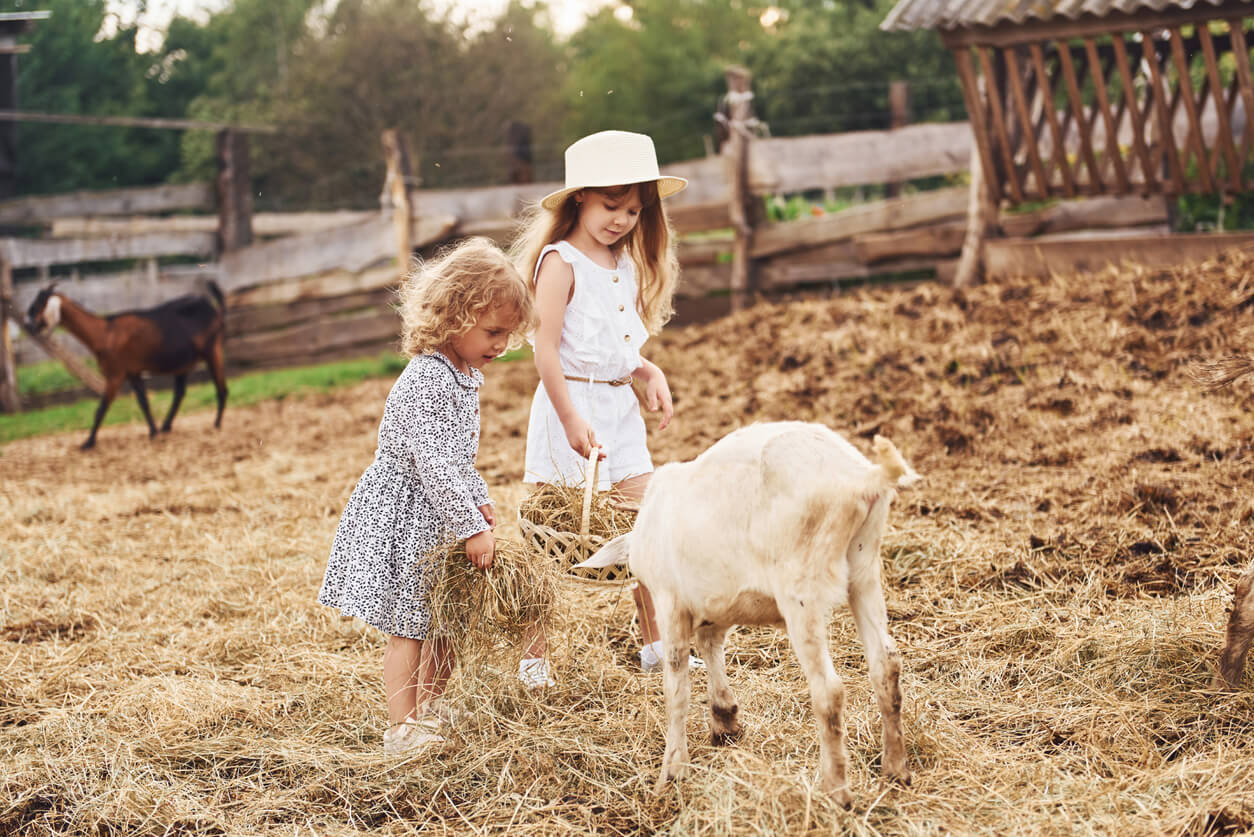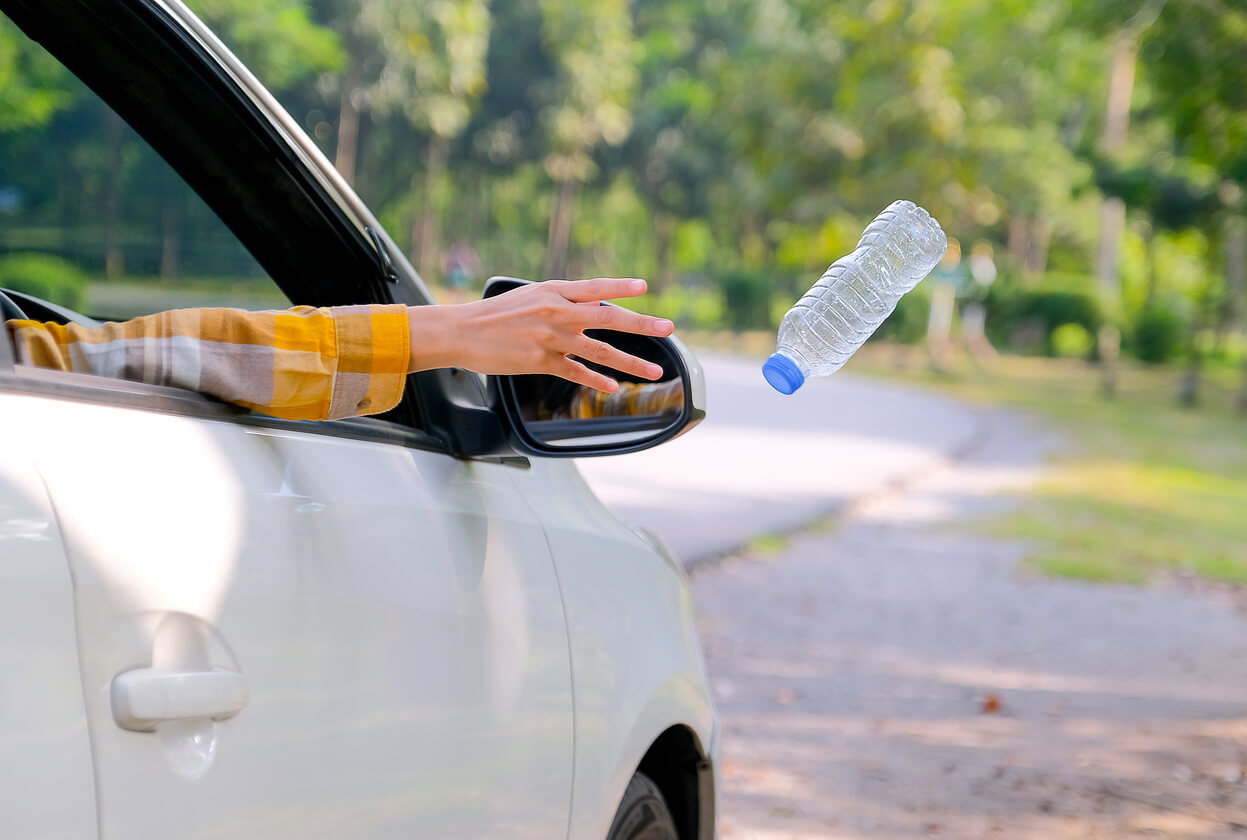How to Explain Environmental Pollution to Children


Written and verified by the teacher Samanta Ruiz
Environmental education is a cross-cutting content that can be addressed at all educational levels and in various subjects. In the case of the youngest children, it is necessary to look for resources that are attractive and easy to understand. For this reason, today we share with you different ways to explain environmental pollution to children.
Understanding this topic is fundamental for future generations. This is what UNICEF Executive Director Henrietta H. Fore said in her Open Letter to the Children of the World:
“Why I am concerned: It may seem obvious that all children need these basic elements to enjoy a healthy life – a clean environment to live in, clean air to breathe, water to drink and food to eat…. Yet climate change could undermine all of these basic rights…There is perhaps no greater threat to the rights of the next generation of children than this.”
-Henrietta H. Fore, UNICEF Executive Director-
What does learning about environmental pollution involve?
Explaining to children what environmental pollution is all about helping them better understand how natural systems work and how we must care for them so that they don’t deteriorate. In this regard, topics such as carbon footprint reduction, sustainable use of resources, global warming, respect for nature, and many others are also developed. Also, the three fundamental concepts should be included, which are the so-called 3 R’s of ecology:
- Reduce
- Recycle
- Reuse
But how do we get young children to understand these abstract concepts? The best way is by bringing them closer to nature, involving them in ecological actions in their community, using resources from everyday life, and doing other activities like the ones we’ll explain below.
Activities to explain environmental pollution to children
Whether at home or at school, there are many ways to organize tasks or events for children and address the issue of environmental pollution.

Plan a nature outing
Going to the mountains, the forest, nature parks, the countryside, the beach, or camping are all opportunities to interact with the natural environment and explain to children about its delicate balance. Also, it’s a good occasion for them to learn respect for the environment and the need to keep it clean so that everyone can enjoy it to the fullest.
Teach them to separate waste
Placing bins or bags of different colors at home or in the classroom to separate waste introduces children to the topic of recycling. An example you can follow is to choose three very different colors and draw what types of waste go in each container. Surely, in addition to learning, the little ones will take it as a game and will have fun putting it in the right place.
Community cleanup actions
Participating in cleanup actions, whether in a natural environment, such as a beach, or in an urban area, such as a park, is effective in making children aware of the actions of people in all spaces. With this type of activity, it becomes clear that the environment isn’t only nature, but the whole environment in which children make their daily lives.
Visiting rural areas
A family vacation in a rural house or a visit with the school to a farm is great for children to meet animals such as chickens, rabbits, or horses and learn how they’re cared for. On some organic farms, it’s possible to observe how food is produced with respect for the natural cycle of plants and animals to preserve ecosystems.
Discuss, talk and reflect
Many things you see every day can be triggers to explain environmental pollution to children. Some of these can be watching a film about a flood, a person throwing a piece of paper out of a car window, long honking in the street, or observing smoke from a factory, among others. Any of these actions can initiate a discussion and reflection on the need to take care of the environment.

Use stories and funny anecdotes
Stories are a great teaching tool and children love them. For this reason, you can use them to explain environmental pollution. Little ones can create a story and you can guide them to introduce topics such as noise pollution, water problems, or the health problems caused by air pollution. You can also look for children’s books on the subject at your local bookstore or library.
Explaining environmental pollution to children so that they become responsible citizens
The idea of introducing these topics isn’t to instill fear in children regarding catastrophes and bad news. It’s about teaching them how they can contribute to change and stop the deterioration of the environment. This will be beneficial for themselves and for future generations. At present, too much time is spent on showing the consequences of man’s actions on the environment, but too little on explaining and educating more about nature and its balance.
We must try to reverse this and bring knowledge to our children through environmental education so that they become responsible citizens. That is the only way to build a healthier future for the planet and for humanity as a whole!
Environmental education is a cross-cutting content that can be addressed at all educational levels and in various subjects. In the case of the youngest children, it is necessary to look for resources that are attractive and easy to understand. For this reason, today we share with you different ways to explain environmental pollution to children.
Understanding this topic is fundamental for future generations. This is what UNICEF Executive Director Henrietta H. Fore said in her Open Letter to the Children of the World:
“Why I am concerned: It may seem obvious that all children need these basic elements to enjoy a healthy life – a clean environment to live in, clean air to breathe, water to drink and food to eat…. Yet climate change could undermine all of these basic rights…There is perhaps no greater threat to the rights of the next generation of children than this.”
-Henrietta H. Fore, UNICEF Executive Director-
What does learning about environmental pollution involve?
Explaining to children what environmental pollution is all about helping them better understand how natural systems work and how we must care for them so that they don’t deteriorate. In this regard, topics such as carbon footprint reduction, sustainable use of resources, global warming, respect for nature, and many others are also developed. Also, the three fundamental concepts should be included, which are the so-called 3 R’s of ecology:
- Reduce
- Recycle
- Reuse
But how do we get young children to understand these abstract concepts? The best way is by bringing them closer to nature, involving them in ecological actions in their community, using resources from everyday life, and doing other activities like the ones we’ll explain below.
Activities to explain environmental pollution to children
Whether at home or at school, there are many ways to organize tasks or events for children and address the issue of environmental pollution.

Plan a nature outing
Going to the mountains, the forest, nature parks, the countryside, the beach, or camping are all opportunities to interact with the natural environment and explain to children about its delicate balance. Also, it’s a good occasion for them to learn respect for the environment and the need to keep it clean so that everyone can enjoy it to the fullest.
Teach them to separate waste
Placing bins or bags of different colors at home or in the classroom to separate waste introduces children to the topic of recycling. An example you can follow is to choose three very different colors and draw what types of waste go in each container. Surely, in addition to learning, the little ones will take it as a game and will have fun putting it in the right place.
Community cleanup actions
Participating in cleanup actions, whether in a natural environment, such as a beach, or in an urban area, such as a park, is effective in making children aware of the actions of people in all spaces. With this type of activity, it becomes clear that the environment isn’t only nature, but the whole environment in which children make their daily lives.
Visiting rural areas
A family vacation in a rural house or a visit with the school to a farm is great for children to meet animals such as chickens, rabbits, or horses and learn how they’re cared for. On some organic farms, it’s possible to observe how food is produced with respect for the natural cycle of plants and animals to preserve ecosystems.
Discuss, talk and reflect
Many things you see every day can be triggers to explain environmental pollution to children. Some of these can be watching a film about a flood, a person throwing a piece of paper out of a car window, long honking in the street, or observing smoke from a factory, among others. Any of these actions can initiate a discussion and reflection on the need to take care of the environment.

Use stories and funny anecdotes
Stories are a great teaching tool and children love them. For this reason, you can use them to explain environmental pollution. Little ones can create a story and you can guide them to introduce topics such as noise pollution, water problems, or the health problems caused by air pollution. You can also look for children’s books on the subject at your local bookstore or library.
Explaining environmental pollution to children so that they become responsible citizens
The idea of introducing these topics isn’t to instill fear in children regarding catastrophes and bad news. It’s about teaching them how they can contribute to change and stop the deterioration of the environment. This will be beneficial for themselves and for future generations. At present, too much time is spent on showing the consequences of man’s actions on the environment, but too little on explaining and educating more about nature and its balance.
We must try to reverse this and bring knowledge to our children through environmental education so that they become responsible citizens. That is the only way to build a healthier future for the planet and for humanity as a whole!
All cited sources were thoroughly reviewed by our team to ensure their quality, reliability, currency, and validity. The bibliography of this article was considered reliable and of academic or scientific accuracy.
- Fore, H. (2019) Una carta abierta a los niños del mundo. UNICEF.org. Disponible en: https://www.unicef.org/es/convencion-derechos-nino/carta-abierta-los-ninos-del-mundo
- Vive UNIR. (2020, April 30). La importancia de la educación ambiental en el aula. UNIR; UNIR. https://www.unir.net/educacion/revista/educacion-ambiental-en-el-aula/
- US EPA (2016, July 21). La importancia de la educación ambiental. Adencia de Protección ambiental de los Estados Unidos. Disponible en: https://espanol.epa.gov/espanol/la-importancia-de-la-educacion-ambiental
This text is provided for informational purposes only and does not replace consultation with a professional. If in doubt, consult your specialist.








